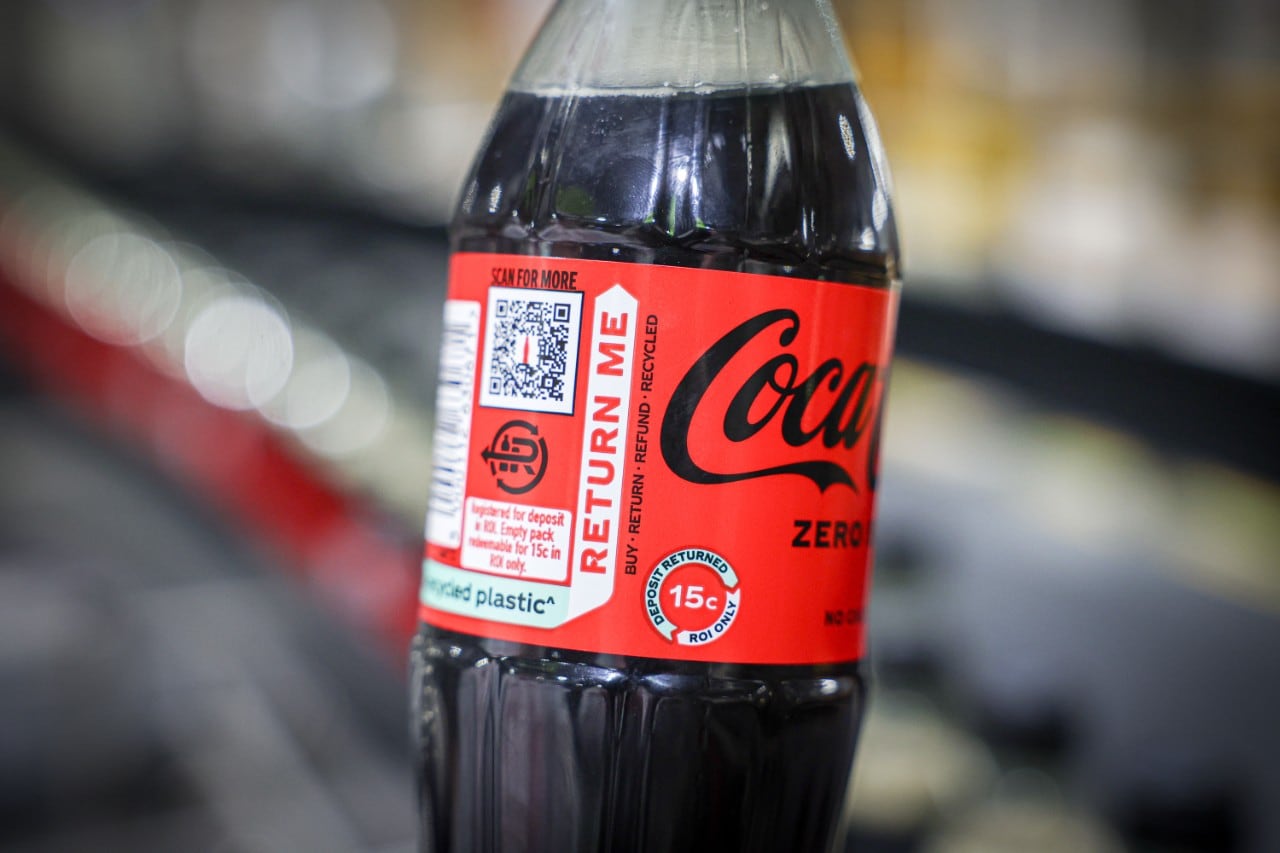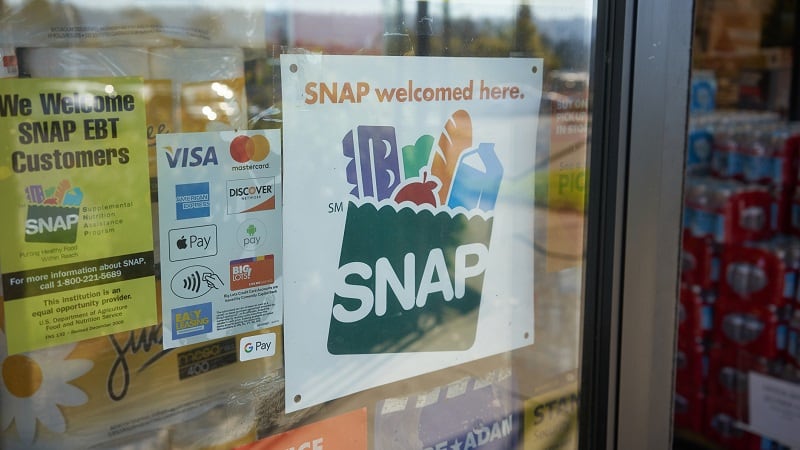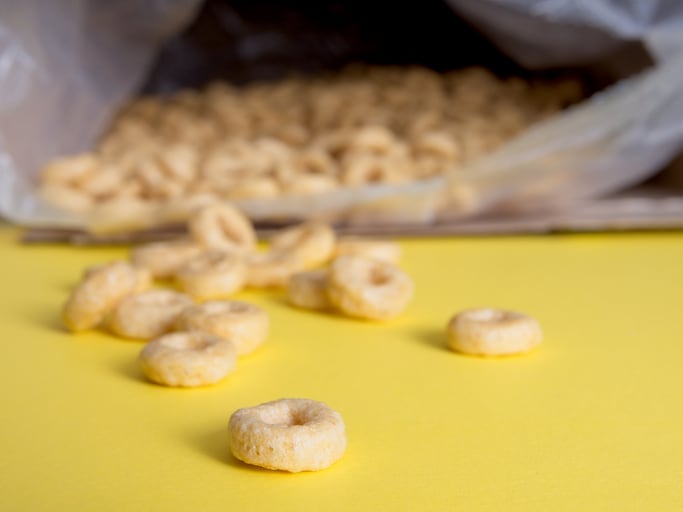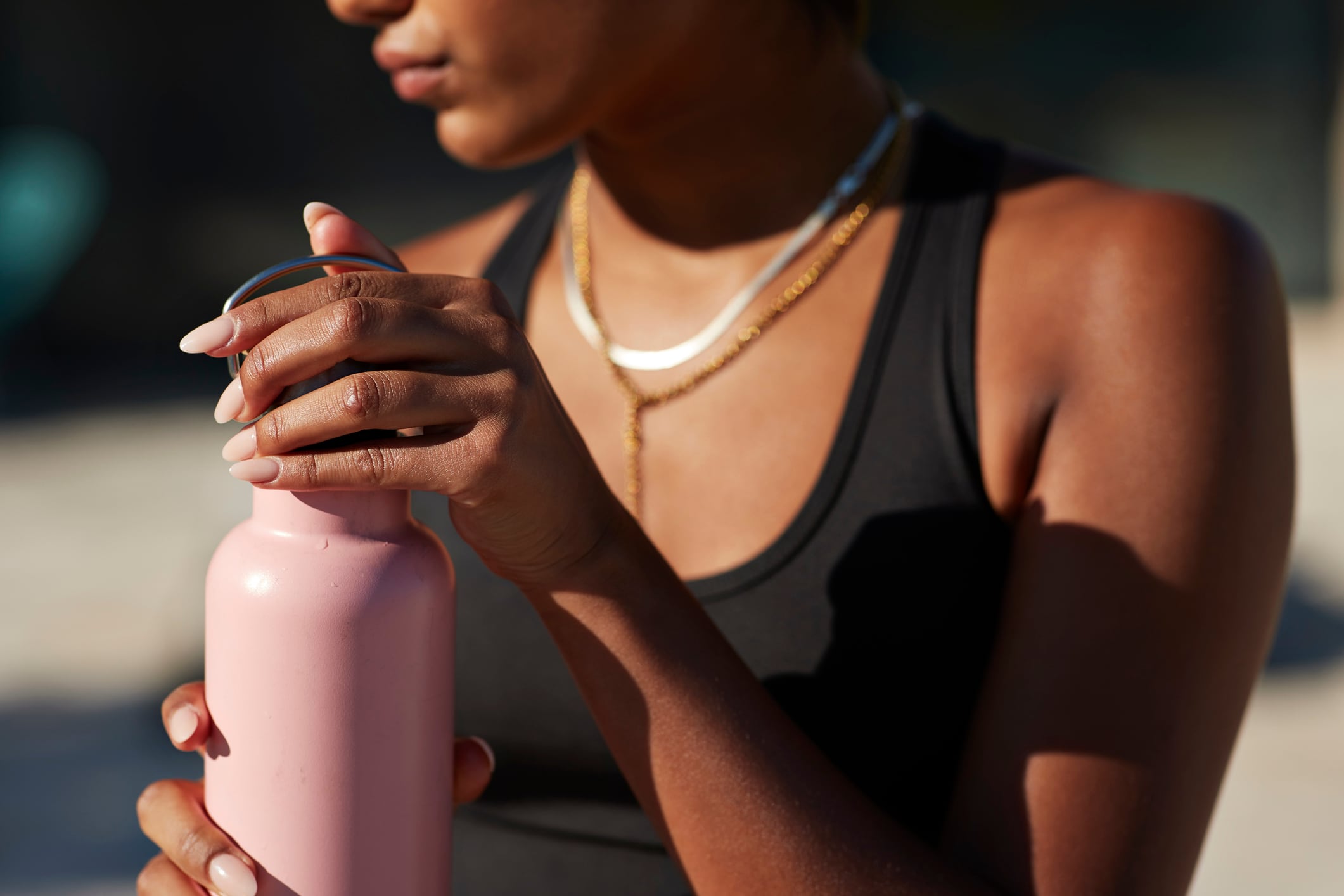Coca-Cola Co. executives appear unperturbed by a drop in consumption of full-sugar soft drinks by the rising number of consumers on appetite-suppressing GLP-1 drugs – choosing instead to accelerate sales of low- and no-calorie options and high-protein beverages with stepped-up marketing and production.
Despite a challenging macro-economic environment in which lower income groups are pulling back on spending and health-conscious consumers, including those taking GLP-1 drugs, are turning away from sugar-sweetened beverages, The Coca-Cola Co. reported Oct. 21 that it gained market share in non-alcoholic ready-to-drink beverages, which helped buoy net revenue gains of 5% to $12.5 billion in the third quarter ending Sept. 26.
The gains are due in part to Coca-Cola Co’s “reinvigorated sparkling portfolio,” EVP and COO Henrique Braun told investors on Tuesday. He specifically called out “ongoing strength with Coca-Cola Zero Sugar” and “strong volume growth” of Diet Coke as well as recent launches of Retro Diet Coke with Cherry and the return this month of Retro Diet Coke with Lime in the US.
“The headline number is zeros and diets are our mid-teens percent of total soft drink volume. There is both an opportunity or a possibility that they could become a bigger piece of soft drink and actually help to continue to grow the sparkling category around the world,” added CEO and Chairman James Quincey.
“We called out Diet Coke because I think there was a period of time, a decade long, maybe longer, maybe two decades, where Diet Coke, particularly in the English-speaking countries, was declining. It has more recently stabilized over the last years and is actually growing this year, as well as seeing Coca-Cola Zero Sugar grow,” he explained.
“The strategy has always been there to do justice to each brand on its own, but we have found more recently more responsiveness to investments in marketing and innovation for Diet Coke in particular, and that has gone alongside sustained growth in Coca-Cola Zero Sugar,” he said, adding: “Lots of growth in the future.”
GLP-1 users shifting habits open opportunities for better-for-you beverages
The bump in business also could be related to a rising number of consumers taking GLP-1 drugs – however, Quincey was quick to note that it is “still ultimately early days to know the full cycle” of what happens among people who are on GLP-1s.
“We track not just what they do on non-alcoholic beverages, but across what they eat and the alcoholic beverages. One can see the full change in the diet makeup,” said Quincey. He explained: “As it relates to non-alcoholic, you know, clearly, we can see some very emerging conclusions. They tend to drink less full sugar soft drinks, but they tend to drink more diet soft drinks, also hydration, more coffee and … a big shift towards protein drinks. I think that’s a pretty standard set of conclusions that everyone’s seeing."
This creates an opportunity for The Coca-Cola Co. not only to accelerate and expand a “zero” or a “light strategy” for soft drinks, but also continue to build out its fast-growing protein beverage business.
The Coca-Cola Co.’s ultra-filtered milk brand Fairlife and high-protein shake line Core Power “have been standout successes for the last number of years and continued to grow in the third quarter,” Quincey said.
However, he acknowledged, Fairlife has not been able to seize the full opportunity presented by consumer interest in protein, which is a key callout for GLP-1 users, because of current production limits.
That could soon change, though, as The Coca-Cola Co. prepares to bring online in 2026 a $650 million production facility in Webster, NY, that will increase capacity or volume potential for Fairlife by 30%.
“We certainly are going to have the opportunity to significantly grow into 2026 and to move out of having the product on allocation to our retail partners. That’ll take some time through 2026, but this is not a small factory,” Quincey said. “That’ll help us get out of the kind of bottleneck that we’re in at the moment and get into the marketplace.”
What is Coca-Cola’s protein plan beyond the US?
While there is demand for Fairlife and Core Power outside of the US, Quincey cautioned that the “dairy industry is a complicated and protected industry around the world,” which could complicate any expansion efforts.
“It is not certainly a lift and shift in a simple sense of the word,” he added.
Still, the company is applying lessons learned from the brands in the US to shape expansion of Core Power in Mexico, where the brand grew 13% in volume in the third quarter and became the No. 1 value-added dairy brand in Mexico, according to Quincey.
“Since we bought Core Power a decade or so ago, we have increased its size by 10 times,” he added.
While he acknowledged the company has “had some failures in the dairy business,” he touted that “luckily, the successes were way bigger than the failures, which were small.”




